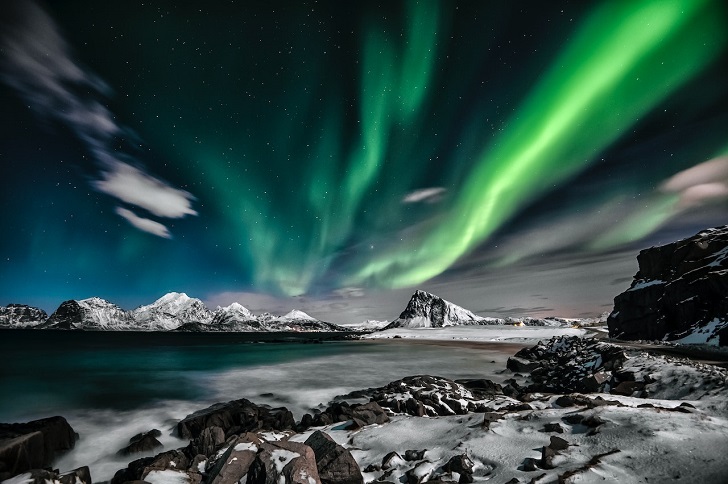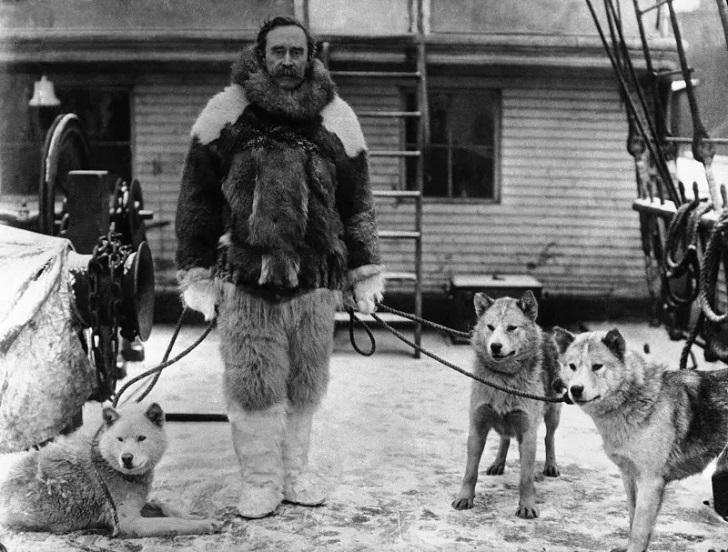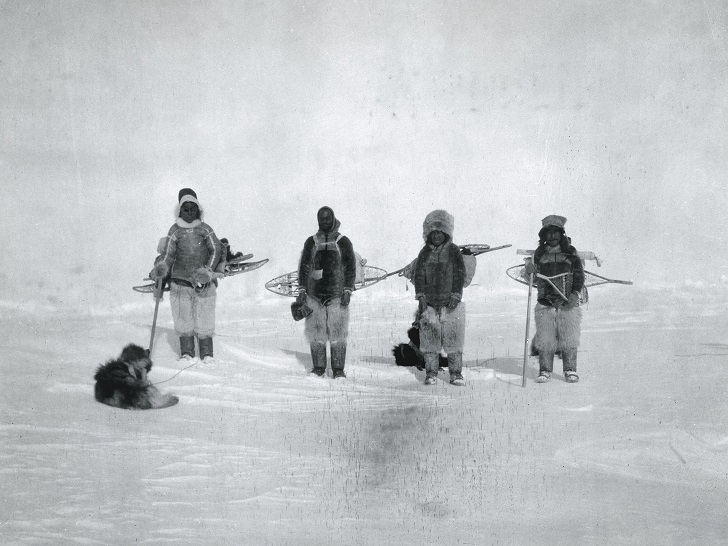Tucked away amidst the urban sprawl just outside Washington DC, the 116-acre expanse of Matthew Henson State Park Stream Valley Park offers a serene escape into nature’s embrace. The soft rustling of leaves replaces the distant traffic hum as visitors step onto the 4.2-mile paved trail that winds through the forest.
The park, a haven for hikers, joggers, and bikers, envelops them in greenery. A wooden boardwalk arches above a wetland, guiding them along their journey. Overhead, birds sing melodies while deer and wild turkeys casually roam.
But within this tranquil setting lies an enigma. A trailside sign beckons visitors to pause, revealing a timeline of the life of Matthew Henson, an elusive figure in history:
Discovering Matthew Henson

1866
Born in Charles County, Maryland.
1879-1884
Ventures as a cabin boy aboard the ship Katie Hines, exploring distant shores.
1887
Joins forces with Robert E. Peary to survey Nicaragua for a potential canal.
Amidst this account of Henson’s life, a remarkable entry stands out:
1909
Reaches the North Pole alongside Peary, planting the American flag.
The Astonishing Journey
Matthew Henson’s life reads like an adventure novel from the Victorian era. Born into a sharecropper family, he toiled in various odd jobs before his path intertwined with the merchant ship’s crew. The first mentor in his life, Captain Childs, introduced him to the seafaring world and even taught him to read.
Childs’ passing led Henson to a series of struggles until he met Robert Peary in 1887, a turning point that would shape his destiny. This encounter with Peary, a US Navy engineer, happened at a haberdashery in Washington, DC, where Henson worked. Impressed by Henson’s capabilities, Peary invited him to assist in a survey mission to Nicaragua.
Henson’s pivotal role played out over 18 years, beginning in 1891 when he accompanied Peary on expeditions to the Arctic Circle, their primary goal being to conquer the North Pole. The Pole had enticed explorers for generations, a land yet untouched. Its brutal conditions and treacherous ice had thwarted all previous attempts, even those by the native Inuit.

Peary, the driving force behind these expeditions, garnered resources and organized teams. Henson stood steadfastly by Peary’s side, save for one journey. Henson spent years immersing himself in Arctic life, adapting to Inuit customs, building igloos, and learning their language.
He mastered polar survival skills, a critical asset when provisions dwindled. Henson’s expertise extended to mushing, the art of guiding sled dogs. Peary lauded Henson’s skill, writing, “I couldn’t get along without him.” They endured blizzards, frostbite, and near-starvation through seven attempts from 1891 to 1909.
Their unwavering determination and gradual refinement of techniques marked their final push in 1909. Approximately 134 miles from the Pole, facing dwindling supplies, Peary ordered everyone except Henson and four Inuit companions to return to their ship.
Henson’s Forgotten Legacy and Revival
As history accorded Peary the laurels, Henson’s accomplishment was overshadowed for decades. Controversies surrounding Peary’s surveying methods and priority in reaching the Pole clouded Henson’s contribution.
Nonetheless, Henson’s immersion in Inuit culture, his adaptation of their survival techniques, and his role as a bridge between explorers and the native population are acknowledged by historians. Despite his pivotal part, Henson’s name faded into obscurity, a fate compounded by the era’s racial prejudices and the Jim Crow era’s challenges.

The push to resurrect Henson’s memory began in 1937 when he was posthumously admitted to the Explorers Club. Slowly, recognition trickled in, including honors from presidents Truman and Eisenhower. Yet, it wasn’t until 1988, 33 years after his death, that his monument was erected at Arlington National Cemetery.
Today, a few landmarks, including Matthew Henson State Park and the USNS Henson, a research vessel, bear his name. The legacy of Matthew Henson has been championed by advocates like the late Dr. S Allen Counter, who unearthed Henson’s descendants in Greenland and documented their lineage.
The torch of remembrance has been passed on, with the Explorers Club’s Diversity, Equity, and Inclusion Committee at the forefront. In 2022, the Club extended membership to Seegloo, Egingwah, Ooqueah, and Ootah, the Inuit companions of Henson and Peary’s final expedition.
A beacon of change also shines in the Peary-MacMillan Arctic Museum, which relocates in 2023. The museum, home to Henson artifacts, will display an enlarged photograph of Henson alongside Peary and MacMillan, an overdue acknowledgement of his role in history.


